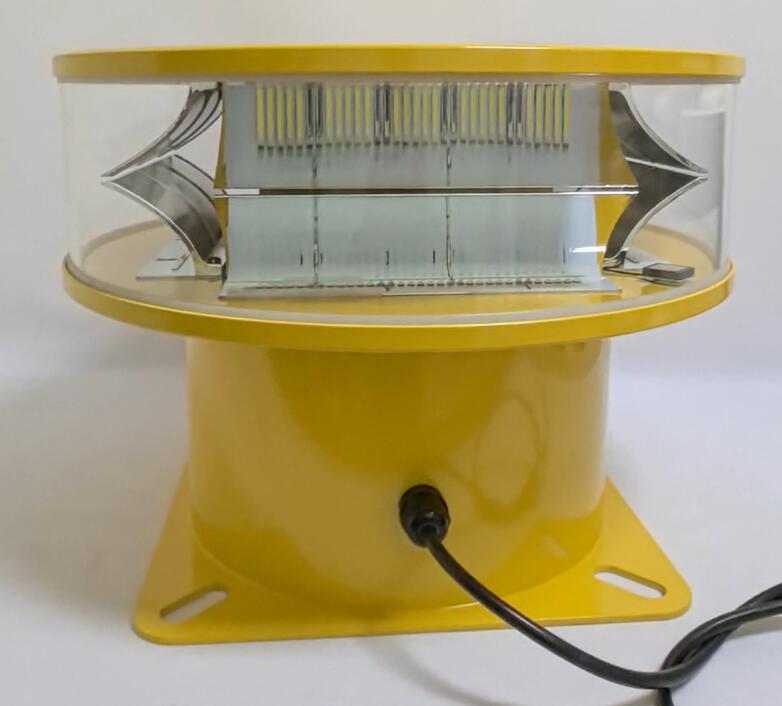
In the vast expanse of the night sky, amidst the twinkling stars and the occasional passing satellite, there exists a more terrestrial yet equally mesmerizing phenomenon: the flashing navigation lights of aircraft. These lights, often overlooked by the casual observer, play a crucial role in the safe and efficient operation of air traffic. They are not merely decorative; they are the silent communicators of the skies, conveying vital information to pilots, air traffic controllers, and even other aircraft.
The Purpose of Aircraft Flashing Navigation Lights
Aircraft navigation lights are a fundamental component of aviation safety. Their primary purpose is to make the aircraft visible to other pilots and air traffic controllers, especially during nighttime operations or in conditions of reduced visibility such as fog, rain, or snow. The lights are strategically placed on the aircraft's wings, tail, and fuselage, and they emit specific colors and patterns that convey important information about the aircraft's position, direction, and status.
The most common configuration includes a red light on the left wingtip, a green light on the right wingtip, and a white light on the tail. This arrangement allows observers to determine the aircraft's orientation and direction of travel. For instance, if an observer sees a red light on the left and a green light on the right, they can infer that the aircraft is moving away from them. Conversely, if they see both red and green lights simultaneously, the aircraft is likely approaching head-on.
The Science Behind the Flashing
The flashing nature of these lights is not arbitrary; it serves a specific purpose. The intermittent flashing helps to distinguish aircraft from other light sources, such as stars or ground-based lights, which typically emit a steady glow. The flashing pattern also aids in capturing the attention of other pilots and air traffic controllers, making it easier to spot the aircraft in a crowded sky.
The frequency and duration of the flashes are regulated by international aviation standards to ensure consistency and avoid confusion. For example, the white anti-collision light, often referred to as the "beacon," flashes at a rate of 40 to 100 times per minute. This rapid flashing ensures that the aircraft is easily identifiable, even from a distance.
The Evolution of Navigation Lights
The concept of navigation lights dates back to the early days of aviation when pilots relied on simple, manually operated lights to signal their presence. Over time, as air traffic increased and technology advanced, these lights became more sophisticated. Modern aircraft are equipped with high-intensity LED lights that are not only more energy-efficient but also more durable and reliable than their incandescent predecessors.

In addition to the standard red, green, and white lights, some aircraft are equipped with additional lighting systems, such as strobe lights and wingtip lights. Strobe lights, which emit bright, rapid flashes, are particularly effective in enhancing visibility during takeoff and landing. Wingtip lights, on the other hand, are designed to improve the aircraft's visibility from the side, making it easier for other pilots to judge its position and speed.
The Role of Navigation Lights in Air Traffic Management
In the complex and highly coordinated world of air traffic management, navigation lights play a critical role in maintaining order and preventing collisions. Air traffic controllers rely on these lights to track the position and movement of aircraft, especially in busy airspace where multiple aircraft may be operating in close proximity.
For pilots, navigation lights are an essential tool for situational awareness. By observing the lights of other aircraft, pilots can determine their relative position and take appropriate action to maintain a safe distance. This is particularly important during maneuvers such as takeoff, landing, and in-flight adjustments, where the risk of collision is highest.
|
Aircraft Flashing Navigation Lights |